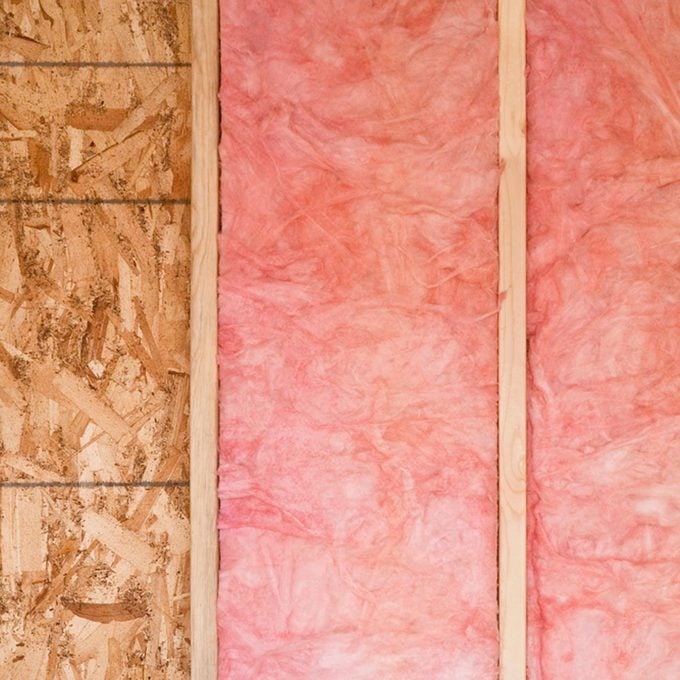What’s the Difference Between Pink, Yellow and Green Insulation?
Updated: Feb. 15, 2023
The difference between pink, yellow and green insulation.

Color coding is used in a variety of industries, from the medical profession to food safety to construction. Some color coding is used for safety, other times it’s used simply for convenience. So when it comes to all those colors of insulation, what’s the difference? The short answer: Not much.
On This Page
Identifying Insulation Colors
The color of the insulation in your home verses the color of the insulation in your neighbor’s home isn’t generally due to the type of material the insulation is made from. Instead, the color represents the binding agent used by the insulation manufacturer. Think of the color as the manufacturer’s personalized stamp on their product.
Fiberglass Insulation 101
Fiberglass, which is one of the most popular forms of insulation used in the United States, is clear. However, when the manufacturer binds the microscopic strands together, they use a resin and the color of the resin is the determining factor in the color of the insulation. If the manufacture uses pink resin, you’ll end up with pink insulation. If they use green, you’ll end up with green insulation, and so on. Polystyrene insulation has the same color characteristics.
Other Types of Insulation
Two other popular forms of insulation besides fiberglass include cellulose fiber insulation and spray foam insulation. Cellulose insulation generally comes in a gray color and is resistant to rodents, insects mold and mildew.
Spray foam insulation which is more costly than both fiberglass and cellulose insulation, can come in a variety of colors such as green, purple, yellow and white. The color of spray foam insulation will change over time, and according to Dakota Spray Foam Insulators, you could dye the foam or paint it if a certain color is desired.
